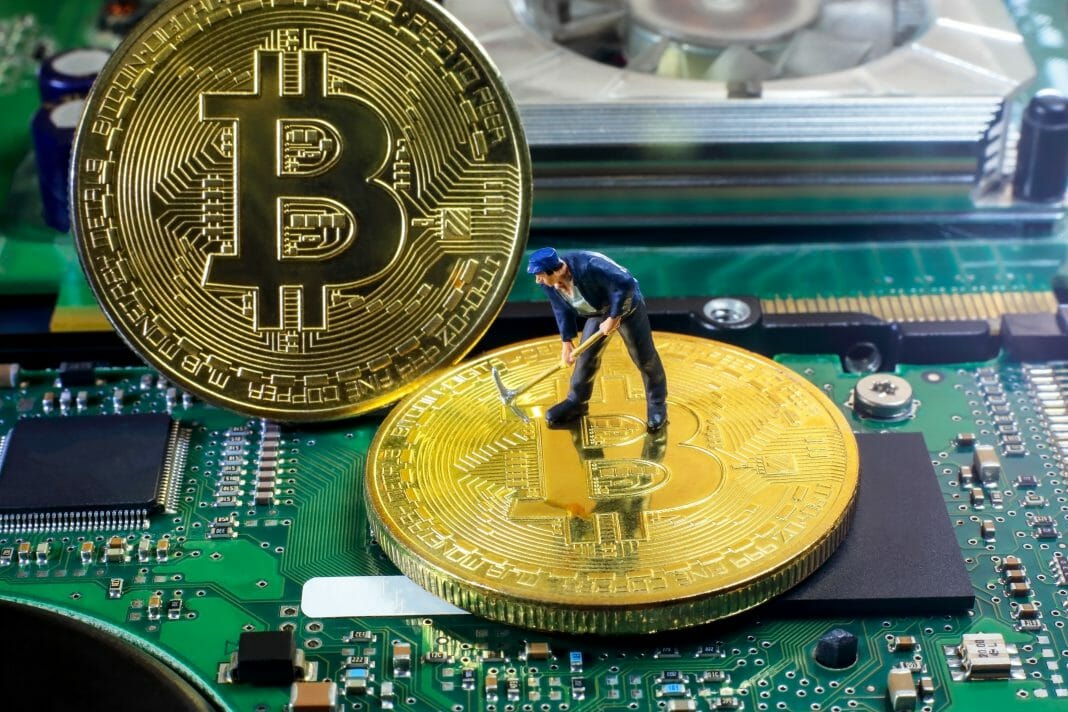Skepticism is the most common position on the possible impact of the halving. Historically, halving events have coincided with increases in the price of the main cryptocurrency.
The decreasing issuance of Bitcoin (BTC) that this third halving will entail has aroused expectations among the analysts and enthusiasts in the ecosystem. It should be noted that there are mixed positions on the possible effects of the event on the price of the cryptocurrency.
Some members of the ecosystem believe that the current price, which doubled in 2019, was already influenced by the event scheduled for mid-May this year. Others think that the effect of the halving on the market valuation of the cryptocurrency has not yet been seen. Some even predict a considerable rebound after the rewards go from 12.5 BTC to 6.25 BTC per mined block.
For instance, the CEO of Bitcoin Suisse, Arthur Vayloyan, considers that the next halving will be the catalyst for a new major bullish rally. He said that it was best to refer to the history of previous Bitcoin reward declines to make more accurate predictions.
In fact, at the approach of each reduction, there have been increases in Bitcoin’s price. In 2012, the year of the first halving, Bitcoin increased in value from USD 5.27 exceeding USD 12 before the event occurred in November of that year.
At that time, the popularity of the main cryptocurrency had not even approached its current levels. Neither said cryptocurrency had its market price, even though it maintained a steady bullish trend. The following year, Bitcoin closed above USD 700, occasionally exceeding USD 1,000, according to data from Buy Bitcoin Worldwide.
In 2016, the price started just above USD 400, but it reached about USD 650 at the time of the second halving in July. Then it approached USD 1,000 again at the end of the year and, in July 2017, it was around USD 2,500. At the end of that year, when the biggest bullish rally of the cryptocurrency market occurred, Bitcoin nearly reached USD 20,000.
Impact on Mining Industry, Profitability, and Market
It can be said that the miners’ profits, once the rewards per mined block are reduced, would also be reduced by half, especially considering that almost 97% of those gains currently come from such rewards.
It was reported that only 3.07% of the profits in the mining industry result from the transaction fees executed in the network. For this reason, various companies manufacturing mining equipment have been preparing to minimize costs for the event scheduled in May.
Some personalities have predicted possible scenarios involving mining activities in the ecosystem. For example, Andrew Kiguel, CEO of Hut 8 Mining, considered that the hash rate could decrease even 50% compared to current levels.
However, less than a semester from the reduction in rewards, the trend is still rising. Until now, that power remains close to 120 eH/s, according to data from BitInfoCharts.
For the moment, the truth is that expectations about the halving of the rewards are high. The reason why is that, from block 630,000, the market will go from receiving 1,800 BTC per day to only receiving 900 BTC.
By Alexander Salazar











